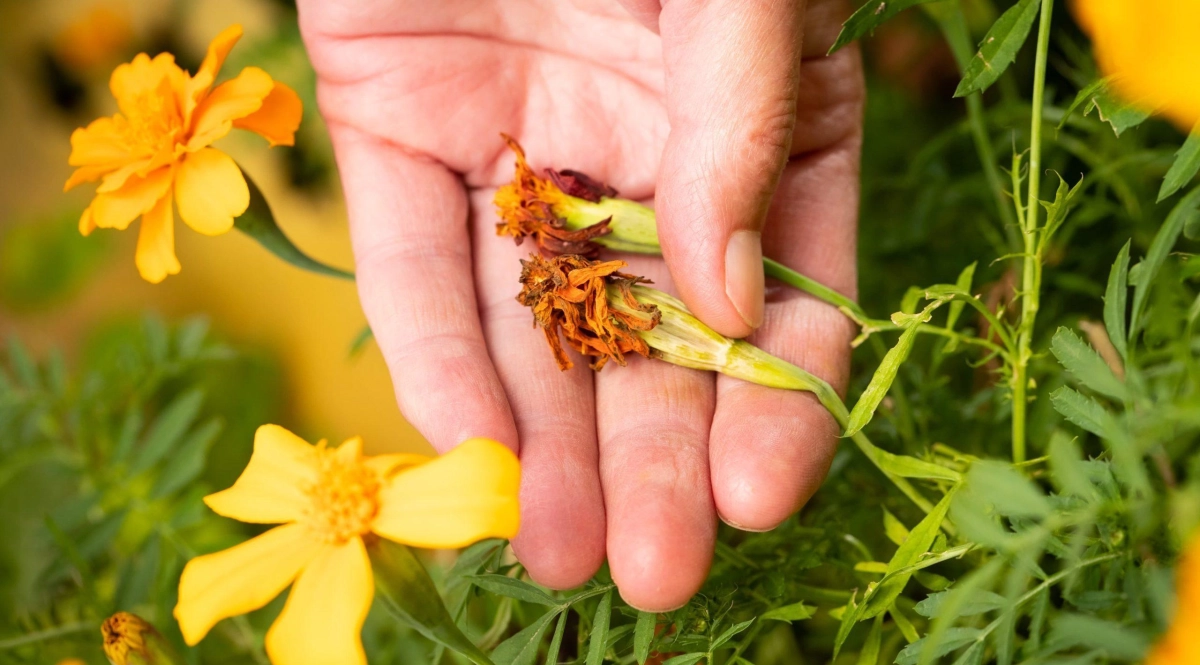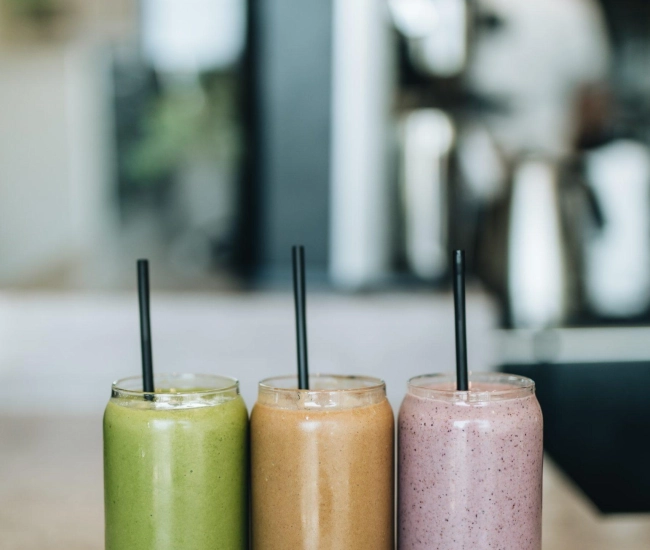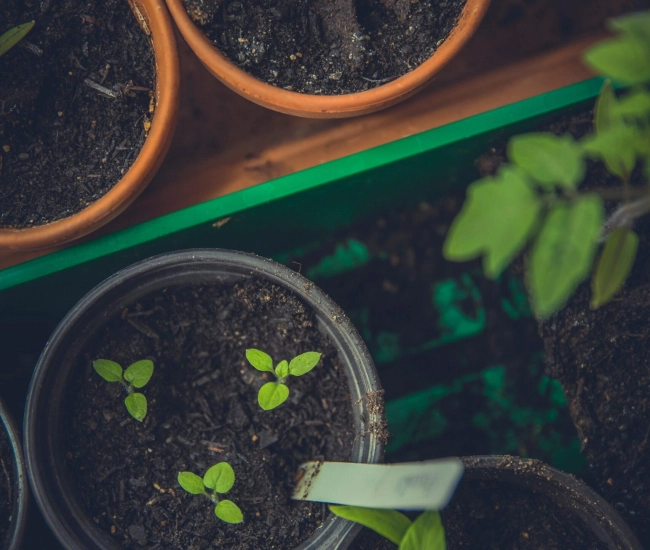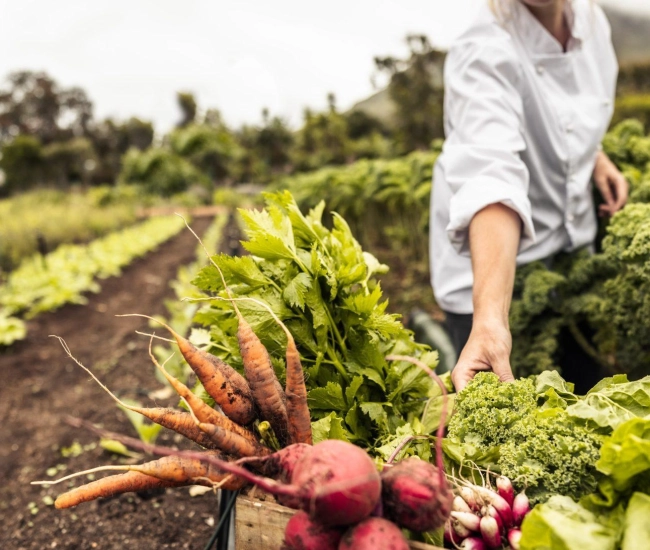
Autumn is already upon us. That's perfect timing, as your plants have been very productive this summer and it's now time for them to rest. But before that, one last little effort will allow them to mature their seeds, which you can harvest to create your "truly" homemade seedlings. In addition to giving you a complete experience of the life cycle of your plants, perennials, annuals, herbs, fruits, and vegetables, harvesting seeds for your own use is truly economical and allows you to grow a wide variety of plants usually found as young seedlings in garden centers in spring.
How to Harvest Plant Seeds
There are two main ways for plants to produce seeds: dry capsules and fleshy fruits.
- Harvesting seeds in dry capsules
Seed capsules are ready to be harvested when they have a brownish color. You need to leave the wilted flowers on the plant so that the seeds can mature because it is where the flower grew that the capsule will form. Once the capsule has browned, cut it and place it in a paper bag for a few weeks; it will probably open on its own, otherwise, you can gently force it open with your fingers. - Harvesting seeds from fleshy fruits
It is the change of color that indicates the fruit's maturity. Therefore, you need to let your fruit ripen longer than usual to allow time for the seeds to reach a certain level of maturity. For example, your cucumbers should remain on the plant until they turn yellow or orange. Once ready, simply open the fruit and completely remove the flesh attached to the seeds with water, then let them dry flat on absorbent paper for a few days, 3 or 4, until they crack between your fingers. You can turn them over a few times to speed up the process.
Storing Collected Seeds
Many seeds will only be sown the following spring. Therefore, the seeds need to be stored during the few winter months. Place your seeds in a paper envelope that will absorb excess moisture, label it, and then store it in a cool, dry place, avoiding too much exposure to light. Your seeds will sleep there during the winter and will be ready to plant when the time comes.
The Stratification Process
Some native seeds need to be exposed to a period of cold to germinate the following year. This thermal process is called stratification. To do this, you can sow your seeds outside without waiting, where they will spend the winter. Be aware that the germination rate may be lower as the environment is not controlled, and your seeds will have to face weather conditions and pests. It is often more effective to treat the seeds with cold indoors. For the process to be complete and effective, the seeds must be placed in cold and moisture for several weeks before being planted. Sow your seeds in a pot of moist soil that you place in a sealed plastic bag in the fridge. You can also spread your seeds on pre-moistened absorbent paper, seal it in a ziplock-type plastic bag, and place it in the fridge. Plant labels will tell you the required stratification duration. If you can't find the information, know that there is no risk of making the process last longer than required—so plan for about 3 months, the duration of a typical winter in Quebec.
These Vegetables That Seem Not to Produce Seeds
Root vegetables like carrots, beets, parsnips, and some leafy vegetables like lettuce and cabbage also produce seeds. The problem is that we harvest them very young when they haven't had time to mature their capsules. If you wish to harvest seeds from these vegetables, leave some plants in the ground much longer than if you wanted to consume them as they are. They will then go to seed, which you can harvest.

By following a planting schedule, you will know when the time has come for you to put the seeds you stored in the autumn into the ground. Your Passion Jardins retailer can help you find all the necessary materials for your seedlings and provide you with the necessary information on seeds and other plants.
Tips and advice



